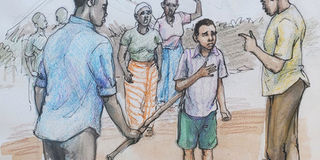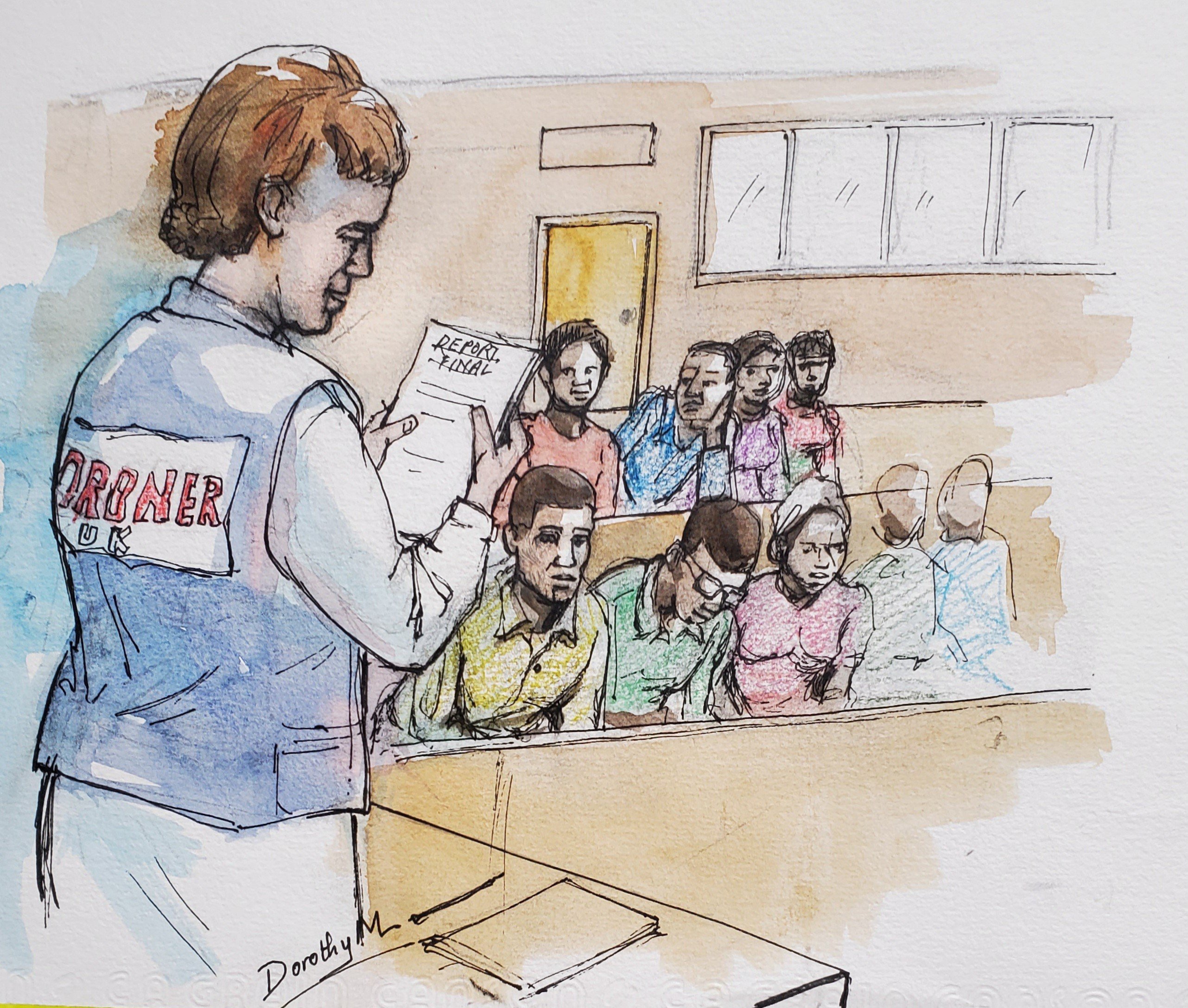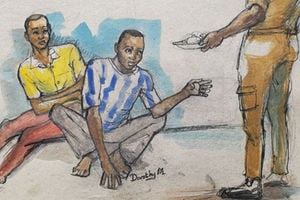
Junior, a 14- year- old school boy on holiday, was charged with murder, when a two months old baby girl was found dead in the home of her parents during a funeral. The child had been breastfed and taken by her mother to sleep in their house. The school boy, who was found in the house at the time when the dead body was discovered, insisted he had simply gone to the house to catch some sleep.
The onus was on the prosecution to prove beyond reasonable doubt that the death of the baby was unlawful; that the death was due to an unlawful act or omission occasioned by Junior and that the unlawful killing was with malice aforethought.
The doctor who carried out the postmortem examination told court that the baby died as a result of strangulation, as there were ligature marks on the neck of the baby, which was evidence of strangulation using a rope.
However, no rope was found at the crime scene and nobody ever saw any injuries on the baby’s neck or anywhere else on the body. The question which arises is whether or not the doctor could actually have misled court considering that the postmortem examination was carried out by a non-specialist, who probably did not use the recommended techniques during the postmortem examination.
The doctor did not demonstrate strangulation and exhaust the other possible causes of such deaths. Court was, however, persuaded beyond reasonable doubt that the baby died out of an unlawful act. The other question to court, then was whether it was Junior who unlawfully caused the death of the baby.
None of the prosecution witnesses actually saw Junior kill the baby. In essence, the prosecution case was based on circumstantial evidence. Circumstantial evidence enables a court to deduce a particular fact from circumstances or facts that have been proved.
To court, such evidence can form a strong basis for proving the guilt of an accused person just as direct evidence. Court noted that the circumstances taken cumulatively should form a chain so complete that there is no escape from the conclusion that, within all human probability, the crime was committed by the accused and none else.
It was the evidence of the baby’s mother that she found Junior in the house, when she went to check on her baby. Junior did not refute this evidence. It was also the mother’s evidence that the baby’s thighs were wide open when she found her.
This evidence was corroborated by the doctor who carried out the postmortem examination. The doctor believed that there must have been interference with the baby’s vaginal canal, as the hymen was open up to the cervix, which was abnormal for a baby.
However, this evidence was contradicted by the evidence of the baby’s paternal aunt, who was the first to be called to examine the baby, the night the baby was found dead. The baby was fully clothed at the time the mother found her unresponsive. And crucially the doctor did not find any bleeding in the genitals or anal canal of the baby. And medically, there is no such thing as finding the hymen open up to the cervix.
Evidence before court was also to the effect that when Junior heard that the child was dead, he ran away. Junior was reported to be looking shaggy and panicking when he returned to his aunt’s home in the morning after the baby had been declared dead. Junior’s defense was that he escaped into the bushes because he feared being killed by the people who had surrounded him.
It was his evidence that he feared for his life. He stated that he stayed in the bushes for a while before he went to his auntie’s place at dawn. Under these circumstances, what else could he have done?
From the evidence adduced, Junior must have been the last person to see and be with the baby prior to her death. The mother of the baby was, however, never quizzed on what she exactly meant by checking on the baby.
From the postmortem examination, the time when the baby actually died was not established. In his defense, Junior testified that indeed he went to sleep in the same room where the mother of the baby found him but he did not kill the baby.
The doctrine of “last seen alive” is based on circumstantial evidence where the law prescribes that the person last seen with the deceased before his or her death, was responsible for that death and is, therefore, expected to provide any explanation as to what happened.
Having been placed at the scene of the incident as the person, who was last seen with the baby before she died, Junior was, therefore, required by court to give an explanation of how the baby met her death. The law is such that in the absence of a satisfactory explanation, a trial court will be justified in drawing the inference that Junior killed the baby.
It is, however, a doctrine of criminal law that the burden of proof rests with the prosecution throughout the trial. Could this, in reality, not have shifted the burden of proof to the accused?
The law also says that even in the cases, where the time lag between the point when the accused and the deceased were last seen alive and when the deceased was found dead is too small, the possibility of any person other than the accused being the author of the crime becomes impossible and the courts should look for some corroboration to convict the accused.
In the circumstances of this case, court was satisfied that Junior’s defense failed to offer any explanation as to how the baby might have met her death. Junior’s defense, to court, amounted to a mere denial. Accordingly, court was satisfied that the prosecution proved beyond reasonable doubt that it was Junior who unlawfully caused the death of the baby.
Court also had to decide whether the element of malice aforethought had been proved beyond reasonable doubt. Court defined malice aforethought as the intention to cause death or do grievous harm or the knowledge that the act or omission causing death will probably cause the death or grievous harm or the intent a felony. To court before an act can be murder, it must be aimed at someone and in addition, it must be committed with the intention to cause death or grievous bodily harm.
To court the baby seemed to have suffered such a terrible death for a toddler to have her vaginal canal wide open to the cervix and her anal canal, too, was open. Court says Junior must have had the intention to cause the baby grievous harm or death. In the circumstances, court was persuaded that the prosecution had also proved the ingredient of malice aforethought beyond reasonable doubt.
Who killed the baby?
Having been placed at the scene of the incident as the person, who was last seen with the baby before she died, Junior was, therefore, required by court to give an explanation of how the baby met her death. The law provides that in the absence of a satisfactory explanation, a trial court will be justified in drawing the inference that Junior killed the baby.
To be reviewed and concluded




